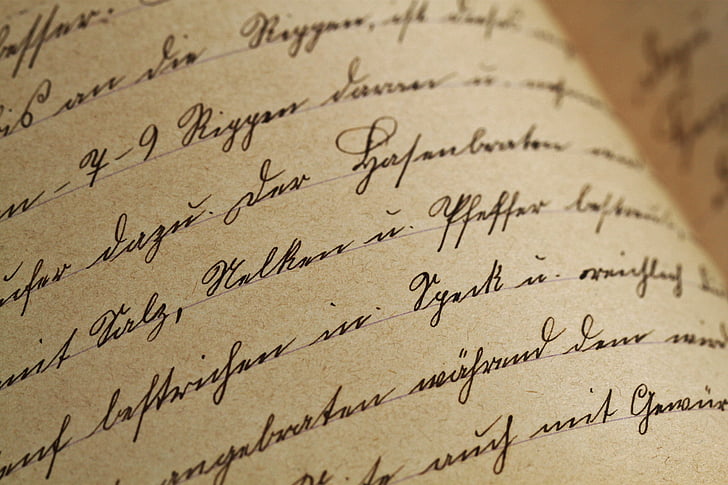Why Handwritten Texture Is Perfect for Modern Design Trends
Why Handwritten Texture Is Perfect for Modern Design Trends
Blog Article

In the fast-paced world of digital design, where clean lines and polished aesthetics often dominate, there’s a growing desire for elements that feel personal, authentic, and unique. This is where handwritten textures come into play. These organic and imperfect textures have become a cornerstone of modern design trends, offering a sense of warmth and individuality that resonates with audiences.
The Appeal of Handwritten Textures
Handwritten textures evoke a sense of nostalgia and human connection. Unlike digital patterns or vector-based designs, they bring an organic, handcrafted quality to projects. This makes them perfect for brands and creatives looking to add authenticity to their work. Their imperfections and unique character create a stark contrast to the precision of digital elements, making them stand out in an increasingly automated world.
How Handwritten Textures Fit Modern Design Trends
Authenticity Over Perfection
Modern design trends lean heavily toward authenticity and relatability. Handwritten textures, with their natural lines and raw edges, offer a visual representation of these values. They make designs feel more approachable, helping brands and artists connect with their audiences on a deeper level.
Versatility Across Design Styles
Handwritten textures are incredibly versatile and can complement a variety of design styles. Whether you’re working on a minimalist project that needs a subtle touch of warmth or a bold, playful design that calls for expressive elements, handwritten textures can adapt to suit the mood.
Creating Depth and Layers
Textures in general add depth to designs, but handwritten textures excel in layering visual interest. When paired with other elements such as illustrations, typography, or photography, they create a rich, dynamic composition that feels multidimensional.
Handcrafted Aesthetics in Digital Design
In a world dominated by digital tools, handwritten textures serve as a bridge between the handmade and the digital. Designers can seamlessly integrate these textures into their projects to create a handcrafted aesthetic without sacrificing modern functionality.
Sustainability and Nature-Inspired Design
The modern emphasis on sustainability and nature-inspired design often includes elements that look raw and natural. Handwritten textures, with their earthy, handmade feel, align perfectly with this trend, making them ideal for eco-conscious brands and projects.
Creative Uses of Handwritten Textures
Branding and Logos
Handwritten textures can add character to logos and branding elements, making them feel bespoke and memorable. They’re particularly effective for artisanal and boutique brands.
Typography and Lettering
When paired with fonts or custom lettering, handwritten textures can enhance the text, giving it a personalized and dynamic appearance.
Backgrounds and Overlays
Subtle handwritten textures used as backgrounds or overlays can add depth without overwhelming the design. This works well in web design, posters, and editorial layouts.
Packaging Design
Incorporating handwritten textures into product packaging can evoke a sense of care and craftsmanship, helping products stand out on crowded shelves.
Tips for Using Handwritten Textures
Balance and Subtlety
While handwritten textures are impactful, too much can overwhelm the design. Use them sparingly or as accents to maintain a clean and cohesive look.
Pair with Contrasting Elements
Combine handwritten textures with clean typography or geometric shapes for a modern contrast that balances warmth and structure.
Choose the Right Medium
Depending on your project, consider the source of your handwritten texture. Whether created with pen, pencil, or brush, each medium offers a distinct aesthetic.
Incorporating handwritten textures into modern design allows for a blend of tradition and innovation. They provide a personal touch in an era that values authenticity, helping designers craft visuals that stand out. As design trends continue to evolve, handwritten textures will remain a favorite for creatives seeking to infuse their projects with warmth, depth, and individuality.